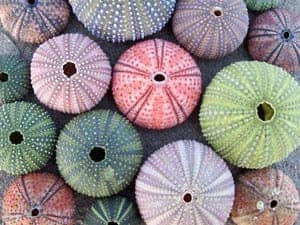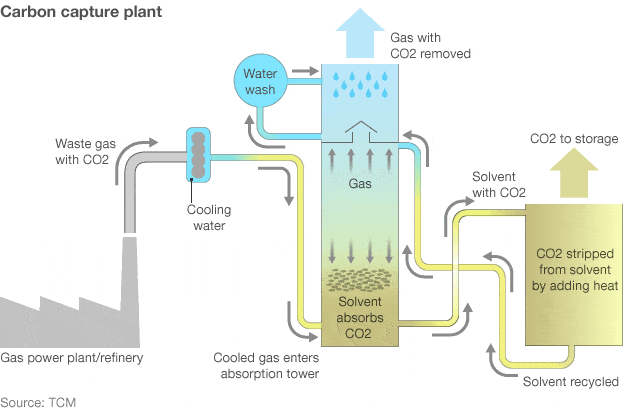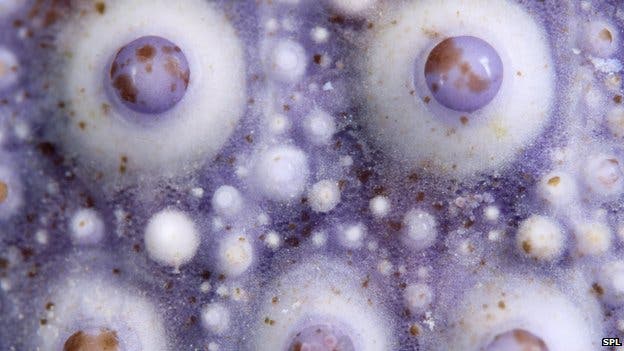British researchers from the University of Newcastle have discovered by mistake (how else?) that a species of sea urchin has the ability to use nickel and CO2 and turn it into shell.
The natural ability of the sea urchins to absorb CO2 could be a model for an effective carbon capture and storage system. Lately, taking inspiration from nature seems to be the best course of action – that’s what Gaurav Bhaduri and Lidija Šiller at the University of Newcastle, UK have discovered lately too.
Carbon capture and storage (CCS) is typically a slow and minutious process; basically what you want to do is separate the CO2 from flue gases and then store it somewhere where it would be modified, either in saline aquifers or converting it into mineral carbonates, including calcium carbonate – the main component of egg shell and other marine organism shells – including the sea urchin.
When the team at Newcastle looked at the larvae of sea urchins they found that there were high concentrations of nickel on their external skeletons. Working with these very small concentrations the researchers found that when they added them to a solution of carbon dioxide in water, the nickel completely removed the CO2 – a symple but extremely efficient system.
“It is a simple system,” Dr Lidija Siller from Newcastle University told explained. “You bubble CO2 through the water in which you have nickel nanoparticles and you are trapping much more carbon than you would normally – and then you can easily turn it into calcium carbonate. It seems too good to be true, but it works,” she added.
As well as being extremely cheap, nickel nanoparticles also work regardless of the pH – they work just as good in acidic and basic environments. But as promising as the results are, researchers still have to mineralise carbonic acid to environmentally friendly solid minerals including magnesium carbonate, calcium carbonate and dolomite, which could be used as a building material.
“The current challenge that we are addressing is to quantify the process. We would like to determine the reaction kinetics and exact yields. Once we have this information we plan to do a small continuous process in a lab-scale pilot plant.”
So if you get stung by a sea urchin, just remember – that little guy may actually hold the key to carbon storage, and as a result, fighting global warming.
Via BBC












